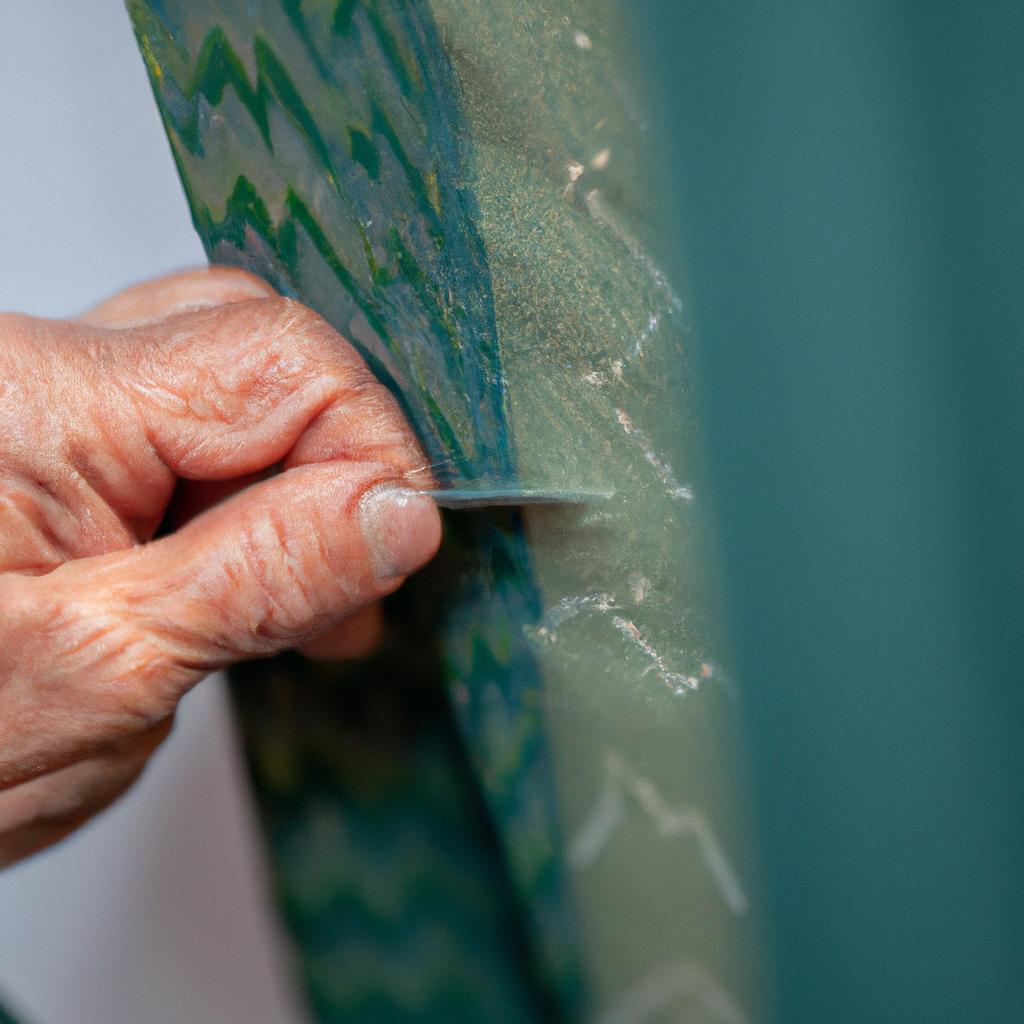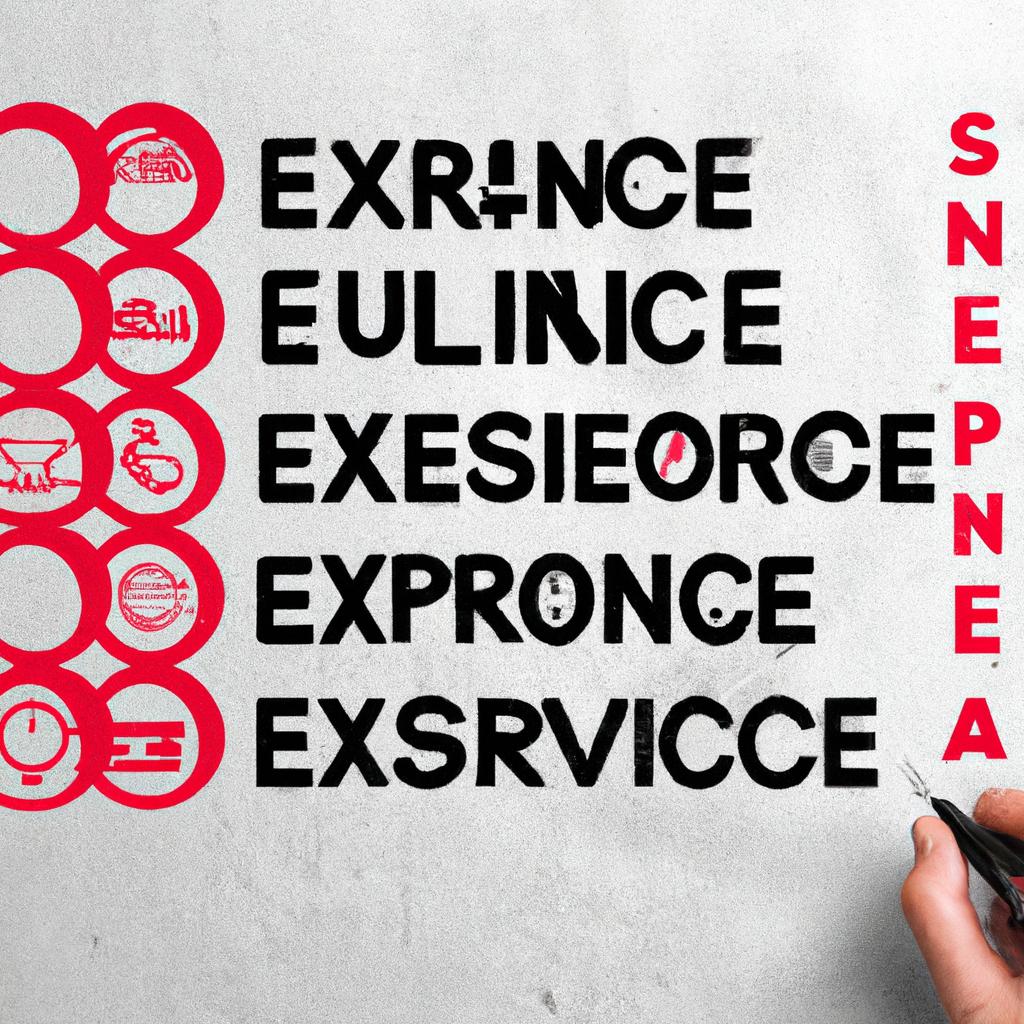In a world brimming with fast fashion and fleeting trends, the quest for quality clothing has never been more essential. As consumers, we find ourselves navigating a labyrinth of brands, each promising durability, style, and service. But how do we distinguish between genuine craftsmanship and mere marketing hype? Enter the Brand Tracker—your indispensable tool for evaluating clothing quality and service. This article serves as a comprehensive guide, illuminating the key factors to consider when assessing your wardrobe choices. From fabric composition to customer service excellence, we’ll unravel the intricacies of what makes a clothing brand truly stand out. Whether you’re a seasoned fashionista or a casual shopper, our insights will empower you to make informed decisions, ensuring that each purchase meets your expectations and reflects your values. Join us as we embark on this enlightening journey toward smarter, more satisfying shopping experiences.
Understanding Fabric and Construction Quality for Clothing Longevity
When it comes to the longevity of clothing, understanding the fabric and construction quality plays a crucial role in your purchasing decisions. Each fabric type not only affects the appearance of a garment but also its durability and maintenance needs. For instance, **natural fibers** such as cotton and linen offer breathability and comfort but may require more care to maintain their integrity over time. On the other hand, **synthetic fibers** like polyester and nylon are often more resistant to wear and tear but might not provide the same level of comfort as their natural counterparts. When evaluating fabric quality, consider factors such as fiberDenier and weft count, as higher values usually correlate with stronger and more durable materials.
In addition to fabric, the construction quality is paramount in determining how well a piece will stand the test of time. Seek out garments that feature detailed stitching, reinforced seams, and quality lining. Here are key aspects to observe in clothing construction:
- Stitching: High-quality garments typically use tighter, more even stitches.
- Seams: Look for flat-felled or double-stitched seams for increased durability.
- Hems: A well-finished hem will prevent fraying and maintain shape.
- Quality Control: Labels indicating quality certification can provide reassurance in your investment.
| Fabric Type | Durability | Comfort Level | Care Requirements |
|---|---|---|---|
| Cotton | Moderate | High | Machine wash, iron |
| Wool | High | Moderate | Dry clean recommended |
| Polyester | High | Moderate | Machine wash, quick-dry |
| Linen | Low | High | Machine wash, prone to wrinkles |

Service Excellence: How Customer Experience Shapes Brand Reputation
In today’s competitive landscape, the synergy between **customer experience** and brand reputation has never been clearer. A single interaction can influence how a consumer perceives a brand, especially in the clothing industry where quality and service are paramount. Customers expect not only high-quality fabrics and craftsmanship but also prompt and helpful service when they reach out for assistance. A brand that consistently delivers on these fronts cultivates trust and loyalty among its customers, turning first-time buyers into lifelong advocates.
To effectively gauge this relationship, brands can utilize feedback mechanisms such as surveys or direct customer reviews to assess perceptions of quality and service. Key elements include:
- Product Quality: Ratings on fabric durability, fit, and overall design.
- Service Response: Speed and efficiency of customer service responses.
- Return Process: Ease and transparency in returning or exchanging products.
- Client Engagement: The brand’s initiative in connecting with customers beyond the sale.
| Criteria | Customer Priority | Brand Impact |
|---|---|---|
| Fabric Quality | High | Positive |
| Shopping Experience | Medium | Neutral |
| Customer Support | High | High |
| Brand Transparency | Low | Positive |
By prioritizing these aspects, brands not only enhance their reputation but also set themselves apart in a crowded marketplace. A robust understanding of customer experience allows brands to make informed decisions that foster growth and resilience, ensuring they not only meet but exceed customer expectations consistently.

Evaluating Brand Claims: A Guide to Authenticity and Transparency in Fashion
As the landscape of fashion continues to evolve, discerning consumers often find themselves inundated with claims regarding quality, sustainability, and ethical practices. To navigate this complex terrain, it’s essential to arm yourself with a methodical approach to evaluate brand authenticity. Start by examining the **materials used** in clothing, noting information such as the **fiber content, sourcing practices**, and whether the materials are **organic or recycled**. Additionally, pay attention to the brand’s **production processes**; transparency around labor practices and environmental impact can offer insights into the brand’s commitment to ethical standards. A few key questions to ponder include:
- Does the brand disclose its supply chain information?
- Are the production facilities certified by recognized eco-labels?
- Is there a clear commitment to sustainability in their mission statement?
Furthermore, evaluating customer service can also provide valuable insights into a brand’s authenticity. A brand that prioritizes quality will typically extend this ethos to its post-purchase interactions. Look for signs of **responsive customer support**, flexible return policies, and active engagement on social media platforms. To help visualize these factors, consider the following table summarizing key elements to assess in fashion brands:
| Evaluation Criteria | Brand Commitment |
|---|---|
| Material Transparency | High |
| Ethical Labor Practices | Moderate |
| Customer Service Responsiveness | High |
| Sustainability Initiatives | Varying |
By utilizing this guide, you can become a more informed consumer, critically assessing not only what you wear but also the values of the companies that produce these garments. This conscious approach fosters a more sustainable fashion ecosystem while empowering you with the knowledge to support authentic brands.
Key Takeaways
As we conclude our exploration of Brand Tracker and its pivotal role in evaluating clothing quality and service, it’s clear that informed decision-making is essential in today’s fast-paced fashion landscape. From understanding fabric types to interpreting customer feedback, this guide has equipped you with the tools to navigate your clothing choices with greater confidence. Remember, each piece you purchase tells a story—not just about style, but about craftsmanship and care. By keeping Brand Tracker in mind, you empower yourself to support brands that align with your values, ensuring your wardrobe reflects not only your aesthetic but also your commitment to quality. Happy shopping, and may every garment you choose serve you well for years to come.